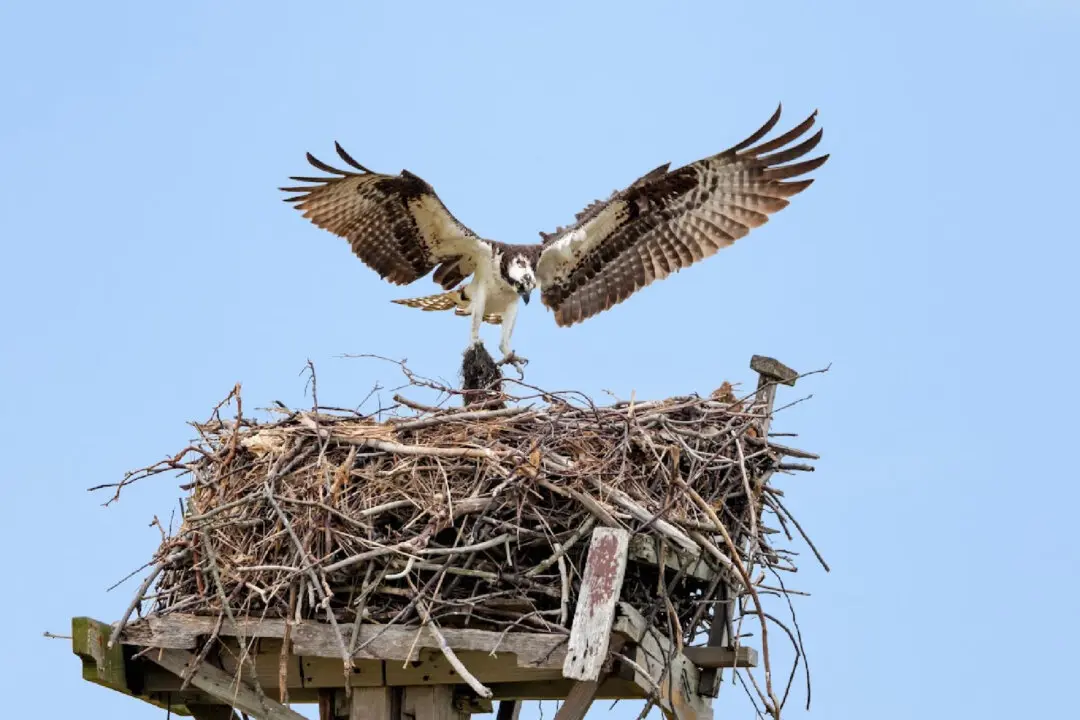Some 15,000 years ago, tribes of Native Americans made their home in a wilderness area of what today is southern Florida. At that time, they lived in an arid landscape that was also inhabited by giant sloths, saber-toothed cats, and South American bears.
Later, climate change created a wetter environment that did not support those animals but did attract Spanish explorers and colonizers. A large tract of this former wasteland is now preserved as Everglades National Park, the largest tropical wilderness in the United States. In addition to a portion that is covered by razor-sharp sawgrass, it contains growths of mangrove trees and shrubs, tropical hardwood hammocks, pine and cypress forests, and freshwater prairie.





